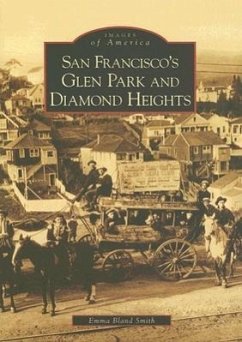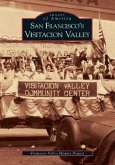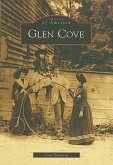Hemmed in by steep hills, Glen Park is defined by its quintessentially San Franciscan topography. Only 120 years ago this area, as well as neighboring Diamond Heights, was part of the Outside Lands, so isolated that only farmers would settle here. Life revolved around Islais Creek, which ran through the canyon and provided water for the dairies. Then, in 1892, a German immigrant named Behrend Joost founded the citys first electric streetcar to shuttle residents to jobs downtown, and a neighborhood was born. As peak-roofed wooden cottages and houses began to fill in the valleys, the urban, homey, and decidedly livable Glen Park that we know today began to emerge.







